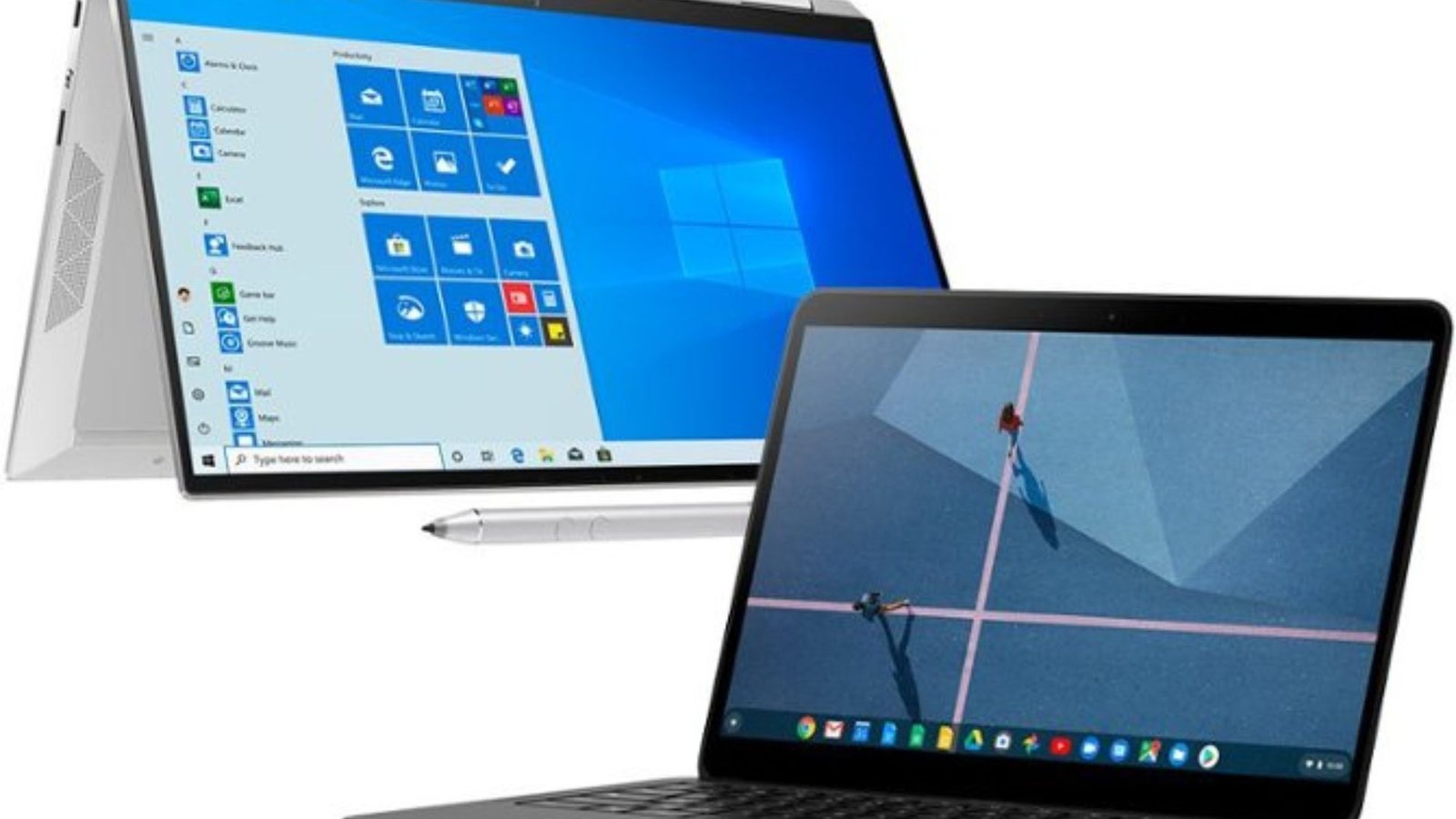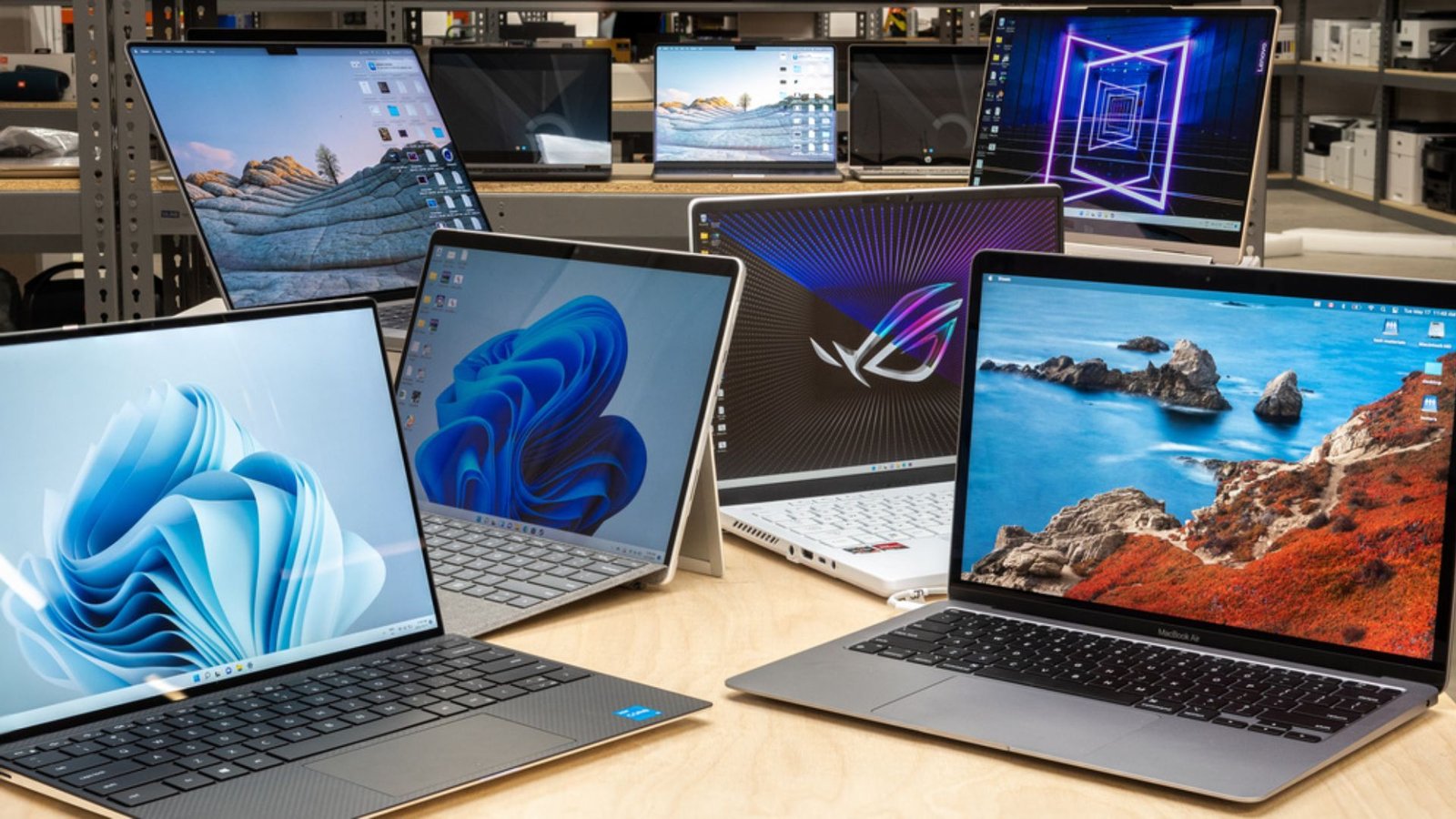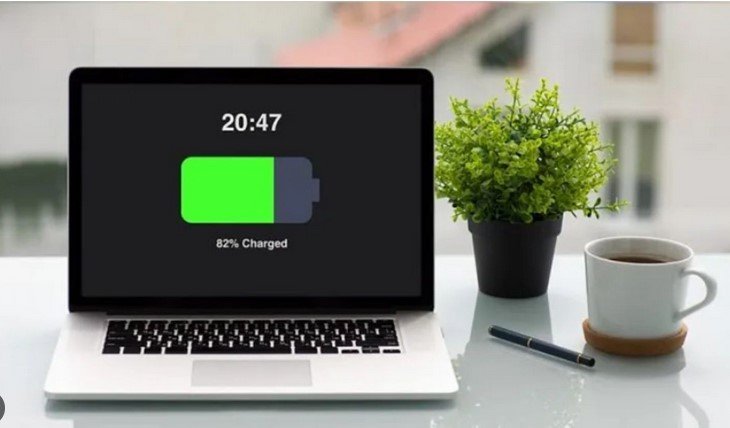Choosing a laptop can be overwhelming with so many options available. Whether you need a laptop for work, school, or personal use, understanding your requirements and comparing features can help you make the best decision. In this guide, we’ll walk you through the essential factors to consider when choosing a laptop to ensure you find one that fits your needs and budget.

1. Determine Your Needs
Before you start looking at laptops, think about what you’ll use it for. Your needs will greatly influence the type of laptop you should choose. Here are a few common uses and what to look for:
- General Use: For browsing the web, streaming videos, and light productivity tasks, a basic laptop with an Intel Core i3 or AMD Ryzen 3 processor, 8GB of RAM, and 256GB SSD is usually sufficient.
- Work and Productivity: If you need to run office applications, handle spreadsheets, and manage multiple tasks, consider a laptop with at least an Intel Core i5 or AMD Ryzen 5 processor, 8GB of RAM, and a 256GB SSD or larger.
- Creative Work: For graphic design, video editing, or other intensive tasks, look for a laptop with a high-resolution display, a dedicated graphics card (such as NVIDIA GeForce or AMD Radeon), and a powerful processor like an Intel Core i7 or AMD Ryzen 7.
- Gaming: If gaming is a priority, you’ll need a laptop with a dedicated GPU, a high-refresh-rate display, and a strong processor. Look for models with NVIDIA GeForce RTX or AMD Radeon RX graphics.
2. Choose the Right Operating System
The operating system (OS) can affect your user experience and software compatibility. Here are the most common options:
- Windows: Most versatile with broad software compatibility, suitable for general use, gaming, and productivity. Ideal for users who need flexibility.
- macOS: Exclusively available on Apple MacBooks, known for its sleek interface and strong performance, especially in creative fields. Great for users already invested in the Apple ecosystem.
- Chrome OS: Found on Chromebooks, designed for web-based tasks and lightweight computing. Ideal for users who mainly use online apps and services.
3. Evaluate Key Specifications
When comparing laptops, pay attention to the following specifications:
- Processor (CPU): The CPU is the brain of the laptop. Look for modern processors like Intel Core i5/i7 or AMD Ryzen 5/7 for smooth performance. For basic tasks, an Intel Core i3 or AMD Ryzen 3 is often sufficient.
- Memory (RAM): RAM affects multitasking ability. For general use, 8GB is usually enough. For intensive tasks or gaming, 16GB or more is preferable.
- Storage: SSDs offer faster performance compared to traditional HDDs. For most users, 256GB to 512GB SSD is a good starting point. If you need more space, consider models with larger SSDs or those that offer HDD options.
- Display: A higher resolution (1080p Full HD or above) and good color accuracy enhance visual clarity. For more detailed work, consider a laptop with a 4K display.
- Graphics: Integrated graphics (like Intel UHD or AMD Vega) are fine for everyday tasks. For gaming or creative work, choose a laptop with a dedicated GPU like NVIDIA GeForce or AMD Radeon.
4. Consider Portability and Design
The design and portability of a laptop are important, especially if you plan to carry it around:
- Size and Weight: Smaller, lighter laptops (13-14 inches) are easier to carry, while larger laptops (15-17 inches) offer bigger screens but are less portable.
- Build Quality: Durable materials and a solid build are essential for longevity. Consider laptops with a robust design if you travel frequently.
5. Check Battery Life
Battery life is crucial, especially if you plan to use your laptop on the go. Look for laptops that offer at least 7-8 hours of battery life for a full day of use. Read reviews to get an idea of real-world battery performance.
6. Compare Prices and Brands
Finally, compare prices and brands to find the best value for your budget. While well-known brands like Dell, HP, Lenovo, and Apple often offer reliable quality, newer or less-known brands can sometimes provide good deals. Look for sales, discounts, and refurbished options to get the most out of your budget.
Conclusion: Finding the Perfect Laptop
Choosing a laptop involves understanding your specific needs, comparing key specifications, and considering factors like operating system, portability, and battery life. By evaluating these elements, you can find a laptop that offers the best performance and value for your requirements.
Take your time to research and compare different models, and don’t hesitate to seek advice or read user reviews. With the right information and careful consideration, you’ll be able to select a laptop that perfectly fits your needs and budget.










